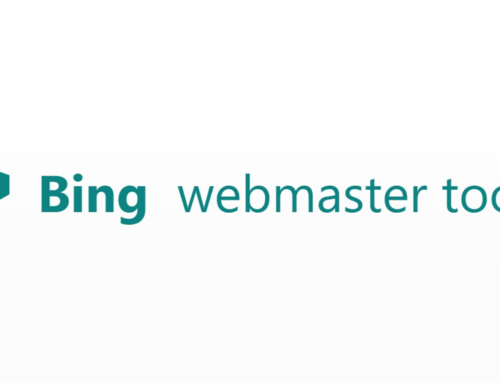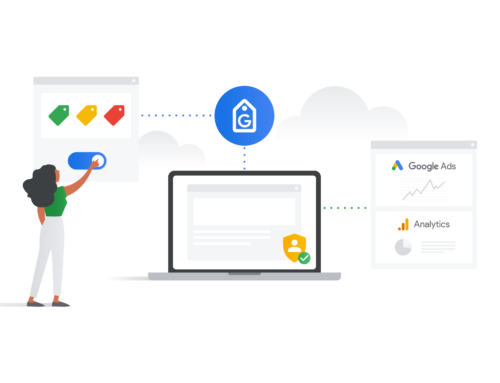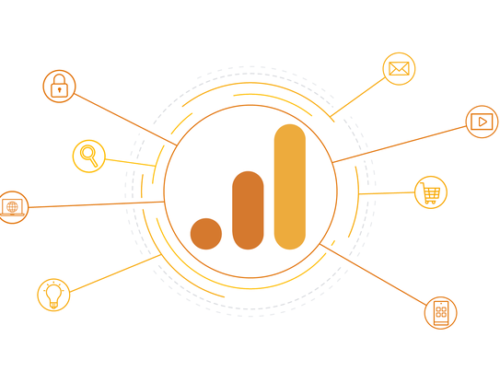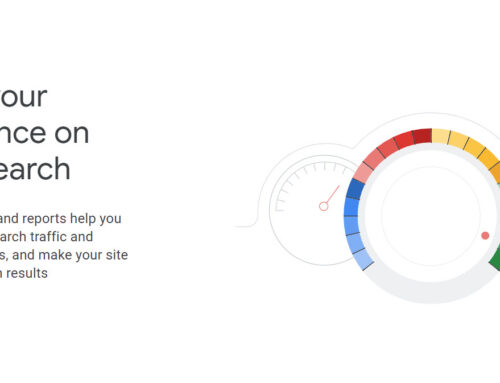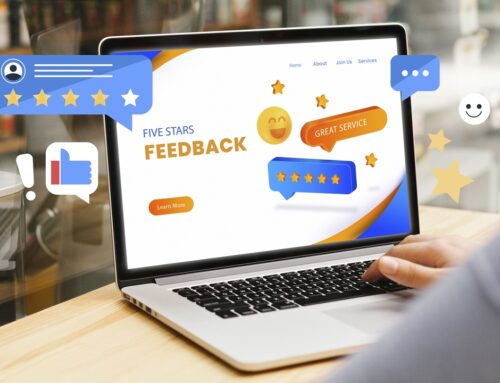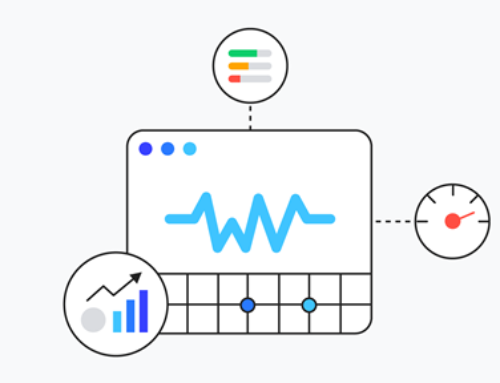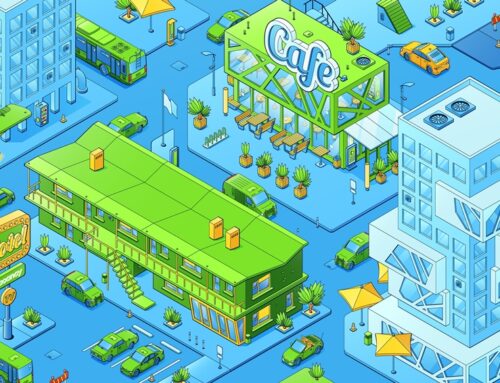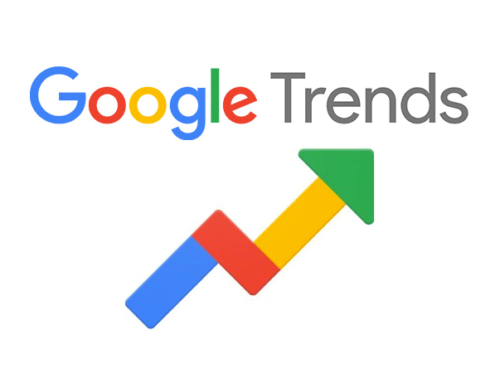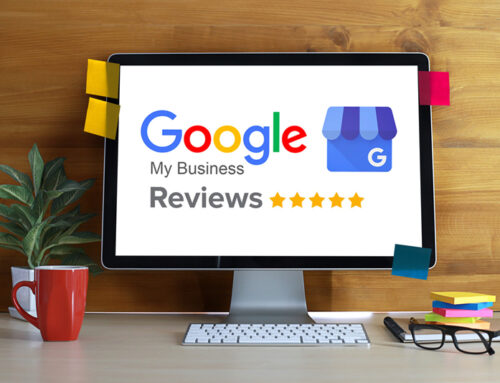Starting an online store can be an exciting and rewarding way to sell products and reach customers all around the world. With the right tools and strategies, you can build a successful e-commerce business and achieve your entrepreneurial goals.
In this guide, we’ll walk you through the steps to creating an online store, including choosing a platform, designing your store, adding products, setting up payment and shipping, and promoting your business. By following these steps, you’ll be well on your way to launching a successful online store.
The Ultimate Guide To Creating An E-commerce Website
Here is a step-by-step guide to creating an online store
Choose A Platform
The first step to setting up an online store is to decide on a platform to build your website. There are several options available, including popular e-commerce platforms like Shopify, WooCommerce, and BigCommerce, as well as options like Square and Weebly. Consider your budget, technical skills, and the features you need when choosing a platform.
Select A Domain Name And Hosting
Next, you’ll need to choose a domain name for your online store and set up hosting. Your domain name is the web address where customers will find your store, so choose something catchy and easy to remember. There are several hosting options available, including shared, VPS, and dedicated hosting. Choose the option that best fits your needs and budget.
Design Your Store
Once you have your platform and hosting set up, it’s time to start designing your store. Choose a theme that reflects your brand and style, and customise it with your own images, colours, and fonts. Be sure to include all the necessary pages, such as a homepage, product pages, cart, and checkout.
Add Products
Now it’s time to start adding your products to your store. Take high-quality photos of your products and write compelling product descriptions to entice customers. Consider offering different sizes, colours, or variations of your products to give customers options.
Set Up Payment And Shipping
To sell products online, you’ll need to set up a payment gateway to process transactions. There are several options available, including PayPal, Stripe, and Square. You’ll also need to decide on your shipping policies and rates, including whether you offer free shipping, flat-rate shipping, or calculated shipping based on weight and distance.
Promote Your Store
Finally, it’s time to start promoting your store and getting the word out to potential customers. Consider using social media, email marketing, and search engine optimisation to drive traffic to your store. You may also want to consider running promotions or offering discounts to help drive sales.
Creating an online store can seem intimidating at first, but with the right platform, a well-designed website, and a clear marketing strategy, you can build a successful e-commerce business.
If you have an online store, you know that driving traffic to your site is only half the battle. The real challenge is turning those visitors into paying customers. That’s where conversion rate optimisation (CRO) comes in. By making small changes to your website, you can increase the percentage of visitors who make a purchase, leading to more sales and revenue for your business.
At Integral Media, we understand the importance of CRO and offer a range of services to help our clients maximise their chances of getting more customers online. Our team provides SEO, PPC, and web design services to help our clients improve their online presence and attract more customers.
5 Tips For Increasing The Conversion Rate Of Your Online Store
If you have an online store, you know that driving traffic to your site is only half the battle. The real challenge is turning those visitors into paying customers. That’s where conversion rate optimisation (CRO) comes in.
By making small changes to your website, you can increase the percentage of visitors who make a purchase, leading to more sales and revenue for your business. In this article, we’ll share five tips for improving the conversion rate of your online store.
There are several ways to improve the conversion rate of an online store:
Use High-Quality Product Images
Customers want to see what they’re buying, so make sure to use clear, high-resolution images of your products. You can also consider using multiple images, including different angles and close-ups, to give customers a better sense of what they’re getting.
Offer Detailed Product Descriptions
In addition to images, customers also want to know more about the products they’re considering. Provide detailed descriptions of your products, including features, benefits, and any other relevant information.
Make It Easy To Navigate
A cluttered or confusing website can turn customers off, so make sure your store is easy to navigate. Use clear categories, a search function, and a well-designed layout to help customers find what they’re looking for.
Display Customer Reviews
Social proof is a powerful motivator, so consider displaying customer reviews on your product pages. This can help build trust and credibility with potential customers.
Use Effective Calls To Action
Your calls to action (CTAs) should be clear and compelling, encouraging customers to take the next step. Use strong language, such as “Buy now” or “Add to cart,” and make sure your CTAs are prominently displayed.
Optimise For Mobile
More and more people are shopping on their phones, so make sure your store is mobile-friendly. This includes a responsive design that looks good on any device and easy-to-use mobile navigation.
By following these tips, you can increase the conversion rate of your online store and drive more sales.








